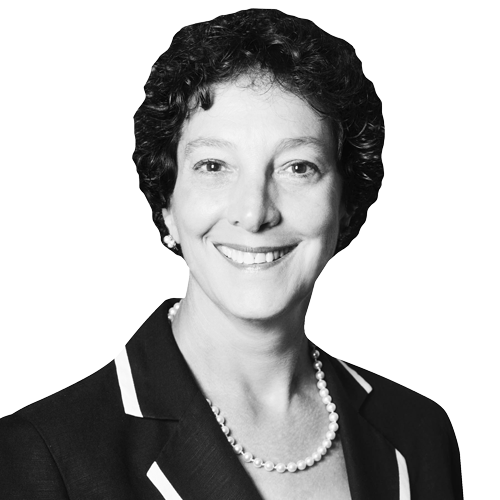The long-term goal of accountable-care organizations is to ensure that their patients, especially those who are chronically ill, get the right care at the right time without medical errors or unnecessary duplications of services. The Los Angeles-based Sherman Oaks Hospital and Encino Hospital Medical Center, both under Prime Healthcare Services, are two such organizations committed to this goal.
Regional CFO Kanner Tillman, PhD, says that this approach requires thinking beyond a patient’s hospital stay—and that’s not something all healthcare organizations are used to doing, or have been able to do in the past. “What happens after the patient is discharged? This isn’t something most acute-care hospitals truly focused on until recently. The period after acute-care discharge is now crucially important thanks to the Accountable Care Act—especially medical-home and population-care facets,” Tillman says.
“That’s information we want to know. ‘What is their quality of life like? What kind of treatments would it be beneficial and medically appropriate for them to receive at home, versus somewhere else? What is the total cost of care at all settings to patients, providers, and all other stakeholders?’ Medicare and, eventually, other payers will move to a bundle-payment model, so we need to know what the bundled cost is. These are the things we have to find out now.”
Up to 70 percent of the patient population the Sherman Oaks Hospital and the Encino Hospital Medical Center serve are Medicare patients. Prime Healthcare has been recognized three times as one of the “Fifteen Top Health Systems” in the nation by Truven Health Analytics. That’s a proud reputation for Tillman and his colleagues.
Sherman Oaks’s and the Encino Hospital Medical Center’s recent success can be attributed, in part, to the tight integration between Prime hospitals’ leadership teams and medical staff. Tillman finds he has always thrived in such physician-led and interconnected environments, such as Kaiser Permanente, where he used to serve as regional director.
Upon joining the organization in October 2011, things weren’t ideal; the CFO position had been vacant since late 2010, so there was a gap in financial leadership and high turnover among the executive team. Tillman started from scratch, hiring a new finance team and taking a hands-on and operations-oriented approach to getting the hospitals back on track. This required rounding out the supply chain, looking at each and every contract with its vendors, tracking labor costs very closely, and evaluating every cost item carefully in general.
Tillman and the new executive team that started in 2012 negotiated favorable contracts, implemented labor-cost efficiencies and faster patient turnaround, improved case management, increased patient satisfaction and clinical quality, and achieved a substantial bottom-line impact. Within six months, the team started seeing a 10–15 percent improvement.
Tillman’s approach is somewhat illustrative of the shifting role of CFOs, especially in the healthcare industry. “About twenty years ago, I’d say the typical hospital CFO was essentially a glorified accountant. They had to know how to prepare financial statements, do budgets, and that was about it,” he says. “Everything has changed, and I speak from experience. I still am an accountant at the core, sure, and the integrity of financials are paramount, but I spend more time in other areas of the hospital: physician integration, new service line development, patient access, etc.
“The role of CFO now touches each and every department. Today’s CFO must be a strategic partner to the CEO and must be a highly engaged leader in all aspects of running a hospital.”
Tillman estimates that he’s in his office just 30 percent of the time; the rest of the time, he says, has little to do with what we once considered “traditional” finance roles.
He strongly prefers the new way CFOs have been enabled to operate within healthcare organizations, and if the growth of two Prime hospitals since he became CFO is any indication, it’s an approach that’s working.
Other Prime system hospitals are performing well too, making Prime the fastest-expanding healthcare system in the nation. When Tillman first joined, the organization had fifteen facilities, all in California; now, it’s grown to forty-two across the United States. That’s tremendous growth in just four years, and Tillman expects more.
“In the old days, I feel like CFOs were disconnected from day-to-day operations, and more broadly, finance was very disconnected from other areas of the organization,” Tillman says.
“You can’t strive for excellence if you don’t know everything you need to know, and a large part of that is making yourself familiar with the issues that impact each area. The issues won’t be the same, but we can work to understand them, and that will only make the system stronger.”

